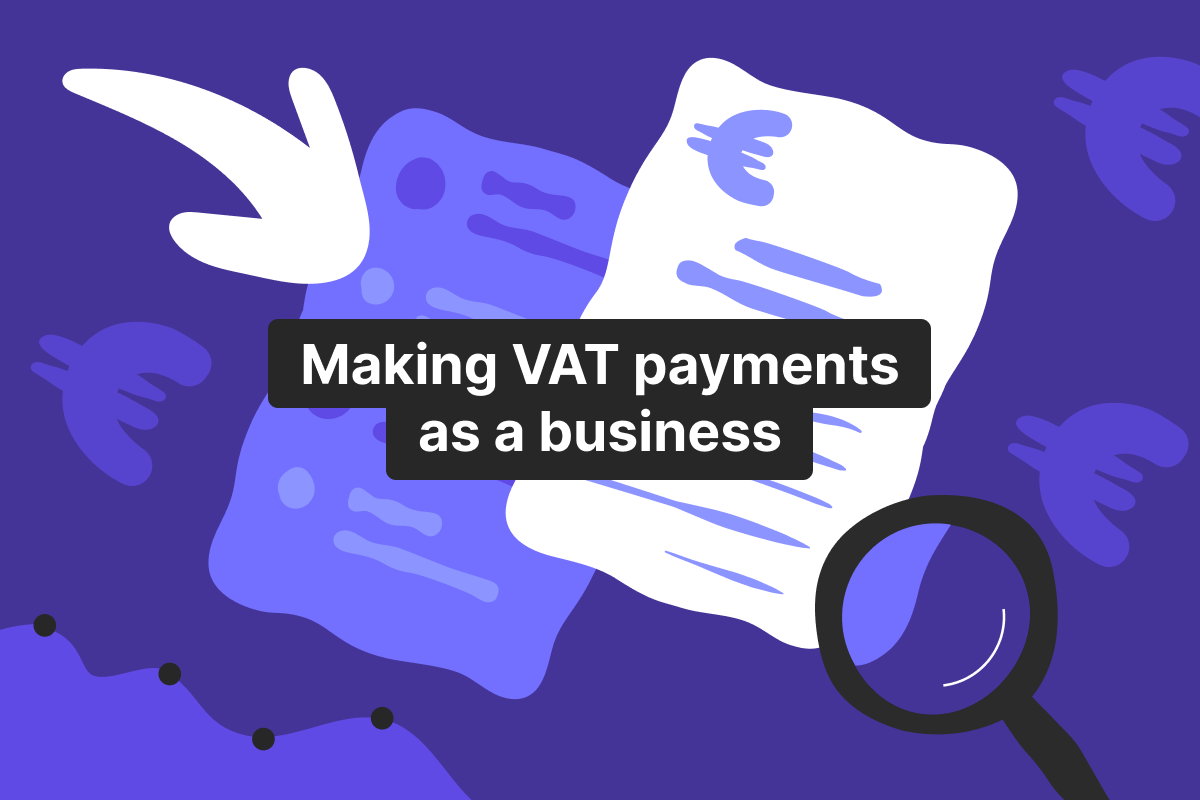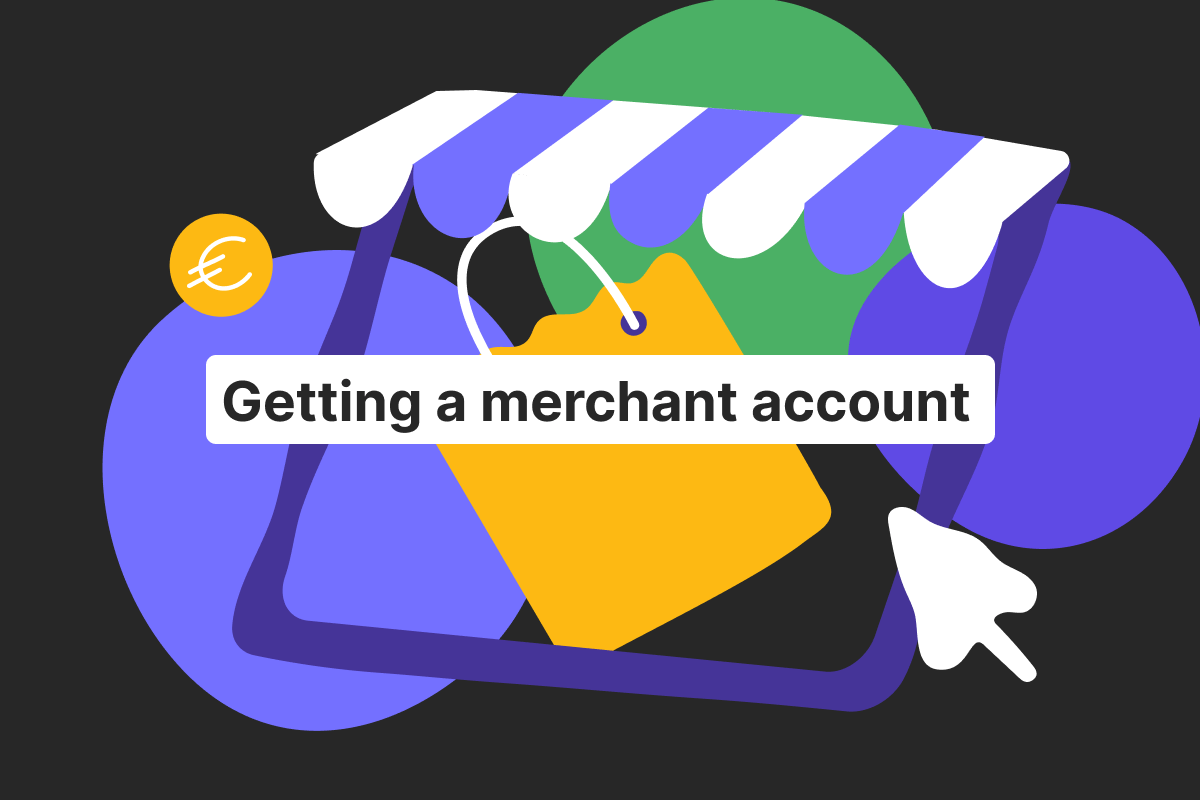Value Added Tax (VAT) is a standard component of business operations in 175 different countries, including the EU countries. In fact, the European Commission plays a central role in shaping VAT rules across the EU countries.
It is a type of consumption tax that is often confused with sales tax, but it differs significantly in structure. Countries use either sales tax or VAT to tax consumer spending, but they collect them in different ways. Still, VAT is more complex due to its refund system for businesses, which makes those fiscal responsibilities even more critical.
To sum up, VAT differs from sales tax and income tax in that it is charged at each stage of the supply chain, while sales tax is typically applied only at the final point of sale, and income tax is based on an individual’s or business’s earnings.
Ensuring timely and accurate payment of the VAT tax helps maintain compliance with tax authorities, avoids penalties, and gives ground for VAT returns for specific items.
For business owners, especially those operating in multiple jurisdictions, staying on top of VAT obligations is critical, as paying the bill is.
Managing your regular VAT bill is far easier with online tools. Instead of navigating manual processes or dealing with paperwork, online accounts allow you to oversee everything from a single dashboard.
Using online bank platforms can help you reduce human error and save valuable time, while your company can build its entire supply chain effectively without hesitation about the value-added tax.
So, how does VAT work, and why is it important to pay VAT? Read on to find out.
Understanding VAT requirements
How does VAT work? Value-added tax is an indirect tax applied at each stage of the supply chain. Yes, the consumer who makes purchases is effectively the final taxpayer, but the business also has its responsibilities. The first step is registration. Depending on a business’s turnover and location, VAT registration may be mandatory.
Once registered, businesses are issued a VAT number, which is used in all transactions and filings. It is not only for VAT-paid items but also for getting a VAT refund – compensation from the government to businesses under certain conditions.
Next comes the VAT calculation. Businesses must calculate value-added tax based on their sales and purchases. It involves charging value-added tax on goods and services sold (output VAT) and reclaiming VAT on eligible purchases (input VAT). Put simply, Output VAT is charged by businesses to customers, while input VAT is paid by businesses on their purchases.
The difference between output and input VAT determines the amount payable or reclaimable.
Another critical component is meeting VAT payment deadlines. The VAT system is a part of the general sales tax system, which varies by country but is typically monthly or quarterly.
Businesses must file VAT returns within these deadlines, detailing taxable transactions and the calculated total VAT amount. Keeping bank holidays in mind for this purpose is important.
A late VAT payment can lead to significant financial and legal consequences, such as fixed fines, interest charges, and possible audits. In some jurisdictions, repeated non-compliance may lead to restrictions on business operations or loss of refund eligibility.
Moreover, late payments can damage a company’s reputation with tax authorities and affect future tax treatment. Staying compliant ensures smoother operations, avoids costly setbacks, and builds trust with regulators.
Open an account
in Genome online
Genome: simplifying online VAT payments
Our business wallet is a comprehensive solution where you can choose a preferred payment method like SEPA or international transfers to handle tax obligations and pay VAT in EU countries and beyond.
But there’s even more to Genome than just that. Our EMI is designed to be an all-in-one solution. The secret is the user-friendly interface and financial tools for businesses and individuals.
Genome can simplify VAT payments by providing instant access to transaction details, notifications, and other tools in one platform.
Moreover, all our clients have access to SEPA Instant Transfers, meaning no bank holidays apply! These payments are available 24/7 and are carried out within seconds.
Businesses can also benefit from dedicated IBAN accounts for personal and business use, making organizing and tracking VAT-related and other transactions easier.
We provide multi-currency accounts, allowing you to store funds in 11 currencies: EUR, USD, GBP, PLN, CHF, JPY, CAD, CZK, HUF, SEK, and AUD. Also, you can order a debit Visa card that can be linked to most of these currencies.
Combined with SEPA and SWIFT payment capabilities, these features allow companies to meet tax deadlines efficiently, regardless of their operational region.
Security is another significant Genome advantage. Advanced encryption, two-factor authentication, and real-time monitoring are used to protect clients’ data and money.
Steps to make VAT payments online
As with any bank payment, value-added tax payments online involve a few straightforward steps. Here’s a general walkthrough:
Gather necessary documentation. Before initiating the payment, collect all relevant VAT information, including your VAT number, the amount due, the payment reference, and online banking details provided by your tax authority.
Log in to your bank account.
Initiate a new payment. Select the option and input the tax authority’s bank details. Note: If you are eligible for a VAT refund, this is typically handled through your VAT return process with the tax authority, not through a direct bank request.
Enter payment details (account number/IBAN, etc.). Input the exact amount due, include any required references or VAT period identifiers, and double-check for accuracy.
Confirm and authorize the payment. Use the platform’s authentication process to verify and approve the payment.
Save the bank transaction receipt. Always download or save a copy of the payment confirmation for your records and future reference.
Tips for avoiding common pitfalls:
Keep accurate records just in case something goes wrong with payment and to keep a better track of payments overall.
Use accounting or bank software while doing so. Manual errors when it comes to account number and other details are always possible, leading to double taxation and other issues.
Feel free to ask tax authorities questions if you are struggling. For instance, in the UK, you can reach HMRC (His Majesty’s Revenue and Customs), and they can assist you.
Use official bank account details only.
Do not forget the reference number. Always include your value-added tax registration or payment reference number to avoid misallocation.
Monitor the latest VAT or consumption tax Law Changes: VAT system rules can change frequently, especially if you do business within multiple countries.
The role of digital banking in VAT payment
Digital banking platforms simplify bank payments and business activities – managing credit/debit cards, bank accounts, tax payments, bills, supply chains, orders, raw materials, etc.
If you add a VAT bill on top of that, it clearly adds up to the whole list of tasks for your business.
However, your company can manage all these tasks and more if it has the right financial provider, like Genome.
In Genome, we provide up to 5 accounts for each of 11 national currencies, SEPA Instant and Credit Transfers, international transfers, physical and virtual Visa debit cards, and more.
Among other things, we provide a convenient Genome app you can use on the go, easy access to transfers, and user-friendly tools for managing finances efficiently. Businesses no longer need to rely on outdated methods like manual bank transfers or in-person payments.
Additionally, you can issue multiple virtual Visa debit cards for better ad and subscription payment management. And a physical debit card can be your trusted companion during numerous business trips.
Compared to traditional banking, digital solutions are faster, more accessible, and less prone to error. Easy and fast payment for purchases and payments makes your business operations more effective and reduces the tax burden with faster payments and fewer headaches.
Open an account
in Genome online
Ensuring compliance and accuracy
To be compliant with value-added tax regulations, companies need to maintain accurate records, meet deadlines, and correctly calculate VAT amounts for each single pay and its online banking details. Otherwise, penalties, fees, and unnecessary stress may occur.
That’s where innovative financial tools come in. An online bank account can automate many of these tasks, minimizing the risk of human error and helping businesses stay on schedule. Using those, businesses can track VAT payment history, set up alerts, and organize funds specifically for tax obligations.
Speaking of regulation compliance, Genome is an electronic money institution based in Lithuania, the fintech hub of the European Union, and is licensed and supervised by the Bank of Lithuania. Genome complies with all major regulations, including PSD2, PCI DSS, and ISO 27001/27701.
Conclusion
Managing VAT obligations can be quite straightforward, thanks to payment methods offered via an online bank account. The main things your company needs to keep in mind are the deadlines for such transactions and track of every VAT paid, and the digital VAT payments will make the process quicker. Unlike traditional methods that can involve paperwork and long processing times, online systems provide real-time confirmations, automated tracking, and easy access to payment history. This way, VAT payments won’t be a tedious process anymore.
Start a business account inside Genome to make seamless payments and other corporate operations. Unlock SEPA transfers, virtual and physical Visa debit cards, EUR IBANs, and more!
FAQ
How do I register for VAT as a business owner?
To register for VAT, apply through your country’s tax authority. After your company is approved, you will receive the number, which must be included on invoices and used for filing VAT returns and payments.
What happens if I miss the VAT payment deadline?
Missing the VAT deadline can result in penalties, interest on the unpaid amount, and potential audits. And, if the situation repeats itself, your company’s financial operations might be restricted.
Can I pay VAT using international bank accounts?
Yes, in many cases, you can pay VAT using international bank accounts, especially within the EU, via SEPA transfers. However, you must ensure payments are made in the correct currency to the right account and include required references to avoid delays or misallocation by tax authorities.
What documents do I need for VAT payments?
You typically need your VAT number, the amount due, the structured payment code or reference, and the tax authority’s bank account details.






